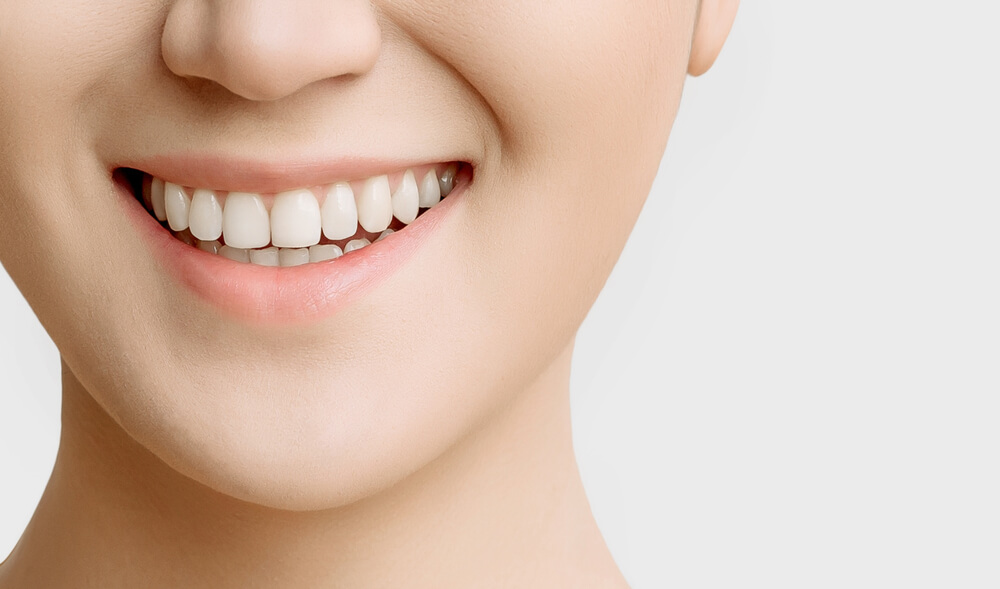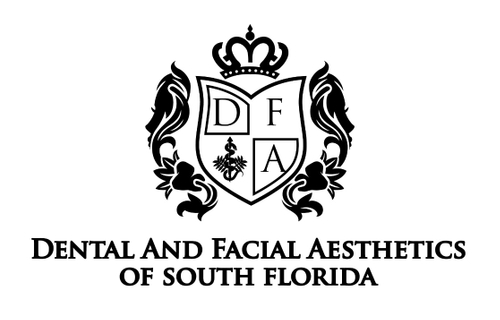If you have damaged teeth, visiting a veneers dentist for aesthetic dentistry could help you. For a cost of approximately $1,000 to $2,000 per tooth, you can repair your smile. A veneer lasts between seven and 15 years. Since many types of veneers exist, you can work with your dentist to determine the best type for you. So, what are veneers teeth?
What Are Veneers Teeth?
The terms dental veneers and veneers teeth refer to tooth-colored, custom-crafted, wafer-thin tooth covers. These cover the front of the tooth to improve its appearance by seemingly changing its shape, length, size, or color. Bonded to the tooth itself, these tooth coverings made of porcelain or dental porcelain laminates offer many advantages to an individual who has chipped or otherwise visibly damaged a tooth. These include the following:
- They look like a natural tooth.
- Human gums tolerate porcelain well.
- They’re stain-resistant.
- You can color-match veneers.
- They’re stronger than crowns.
- Veneers require less shaping than crowns.
Although dental veneers cost more than bonding using composite resin, they work well if you just need to address a single tooth or close a gap between two teeth. You cannot repair a veneer if you crack it or chip it, but you can have it replaced. You cannot whiten veneers, so if you want to have your teeth whitened, do it before you have the veneer put on so the dentist can match it to your whitened teeth. The dentist must remove the enamel from the tooth receiving the veneer, so that tooth could become cold- and hot-sensitive.
If you develop a cavity in that tooth, you will need to have it treated just as any other cavity, including the placement of a crown. Your dentist can still access your teeth under veneers. A veneer can dislodge, but this is rare. You can have it replaced if it does.
You should talk with your dentist about another option if you have gum disease, tooth decay, or weak teeth. If you grind your teeth, veneers probably are not for you. If neither of those scenarios applies, though, you could easily fix your smile in three dental visits. Now that you know the answer to “what are veneers teeth?” Let us consider the many types of veneers.

Types of Veneers
You can choose from three main kinds of veneers—porcelain, resin composite, or porcelain laminates. If you love coffee or tea, then either of the porcelain veneers will work best since they resist stains. They also reflect light as natural teeth do. They cost more than resin composite veneers, though, but they last longer.
A resin option may last about five years while a porcelain one could last up to 20 years. Your dentist can help you determine which of the veneer types would work best for you. Since you still have your teeth under veneers, you must continue to brush and floss as you normally would to prevent cavities.
If you do not meet the criteria for veneers, you might consider dental bonding or caps. With bonding, a resin is a light layer applied to the tooth that changes its color and shape. With caps, a tooth-colored cover gets applied over a tooth that has been shaven down. The cap looks like a tooth. It looks and functions just like a typical dental crown, except that a crown is typically made of metal while the cap uses a tooth-colored porcelain or resin material.
Both of these options offer a permanent solution that you brush just like your real teeth. You can continue to eat and drink normal food with either of these options. Your dentist may suggest these options due to your gum health or existing tooth decay.
What Is the Veneers Process?
The entire process of getting veneers requires just three visits to the dentist’s office. You need one consultation appointment, one for making the veneers, and one for applying them. If you need to cover more than one tooth at a time, you can do this. It still only takes three appointments with a veneers dentist.
Your dentist needs to reshape your tooth to prepare it. It needs to be about the same thickness as the tooth. You will probably have a numbing agent applied to the tooth before the dentist trims off the enamel.
The dentist makes an impression or model of your tooth. This impression gets shipped to a dental laboratory to craft the veneer. It requires two to four weeks to make the veneers. The veneers process can include temporary dental veneers while you await the permanent product from the lab.
The dentist places the veneer tooth on top of your own tooth to match its color and fit, trimming it if needed. This occurs before the dentist permanently cements the veneer to your tooth. Dentists can make slight adjustments in veneer color by altering the color of the cement used.
Your tooth undergoes cleaning, polishing, and etching so that the dentist can apply the veneer properly. When the doctor etches a tooth, it roughens the outside of it to let it accept a strong bond. The dental cement then gets applied to the back of the veneer, which then gets positioned onto your tooth. The doctor will perfect its position and then use a light beam to activate the cementing chemicals. This light causes the cement to harden quickly and efficiently.
Finally, the dentist removes excess cement and checks your bite. Don’t worry. At this point, the dentist can still make adjustments to the veneer. Your doctor may ask you to return for a fourth office visit, but it will only be to check your veneer placement and your gum line.
Once you have your veneers on, you can continue to eat and drink as normal. If you choose resin, your doctor may advise you to reduce your intake of coffee or tea to reduce the possibility of staining.

Choosing a Dentist for Your Veneers
When you feel ready to pursue the possibility of getting fitted with veneers, you need to contact a cosmetic dentist or an aesthetic dentistry practice. Check your dental insurance policy. Most policies do not cover this type of service since it is elective, but yours may. If it does, check the insurance company’s provider to determine which aesthetic dentistry practices accept your insurance. Call these providers to see who is taking on new patients.
Since practices can only handle so many patients at one time, you may have to call a few dentists before locating one that has openings. Dental and Facial Aesthetics of South Florida can help you restore your smile with porcelain or resin veneers.
Are you ready to boost your self-confidence by improving your smile? We’d like to hear what you think about veneers. Call today to schedule your appointment with one of our dentists.







